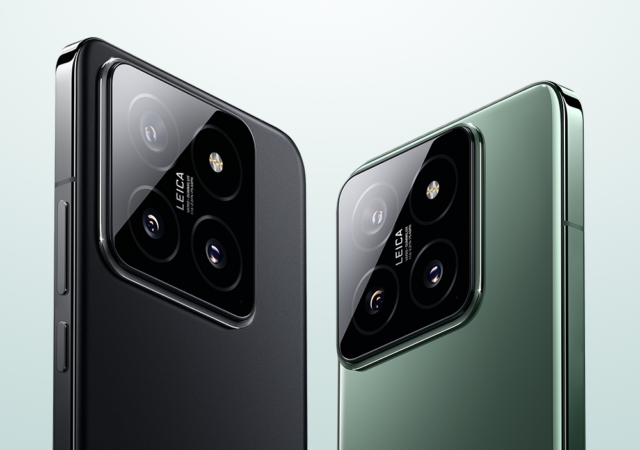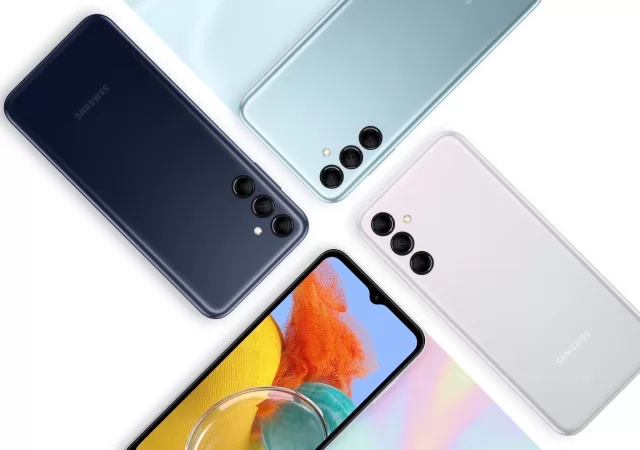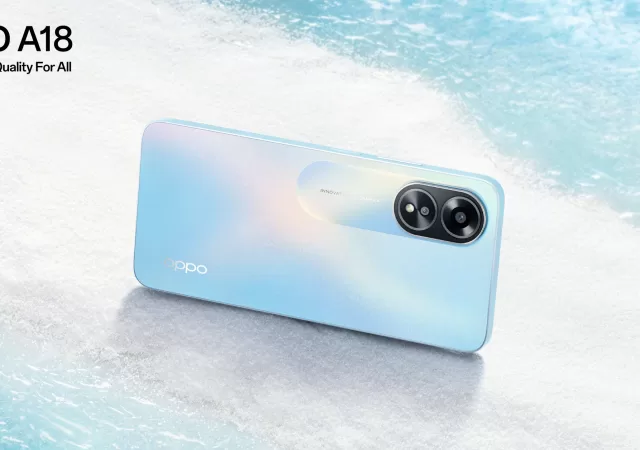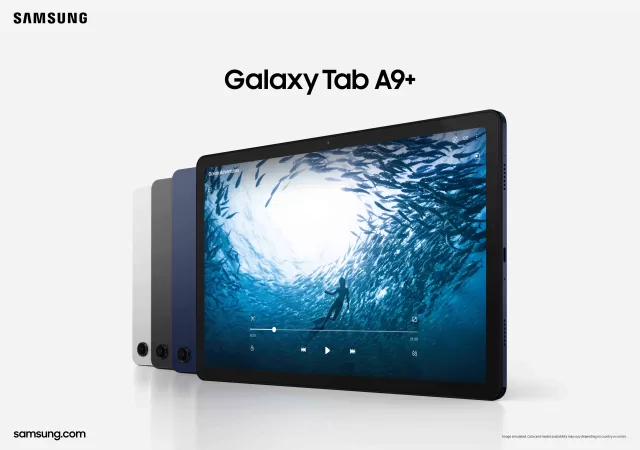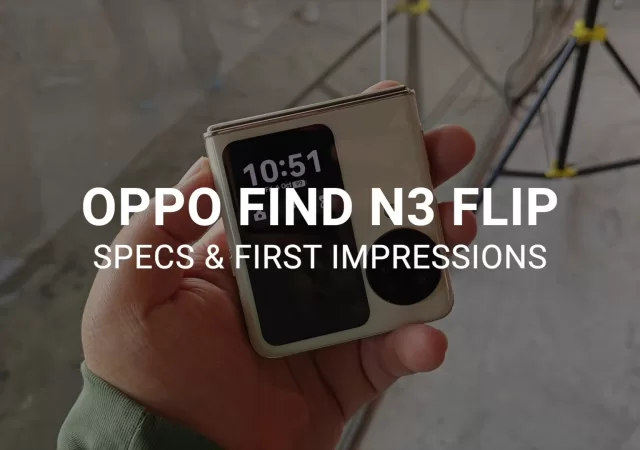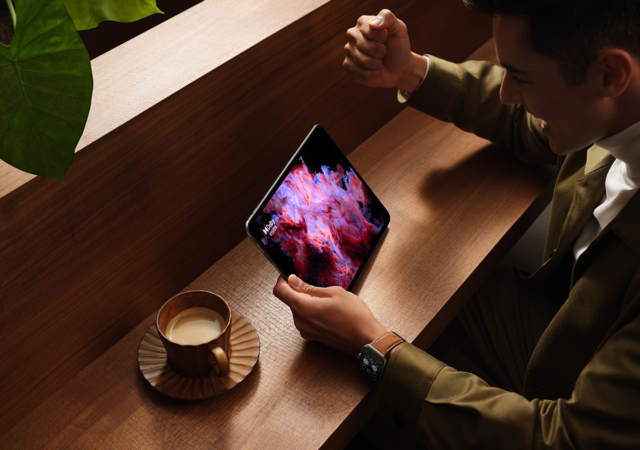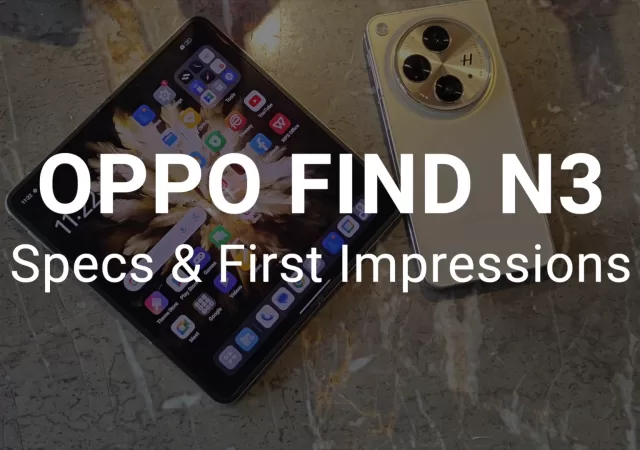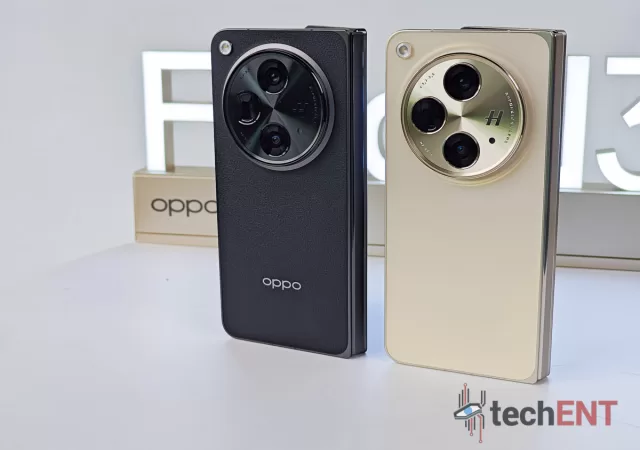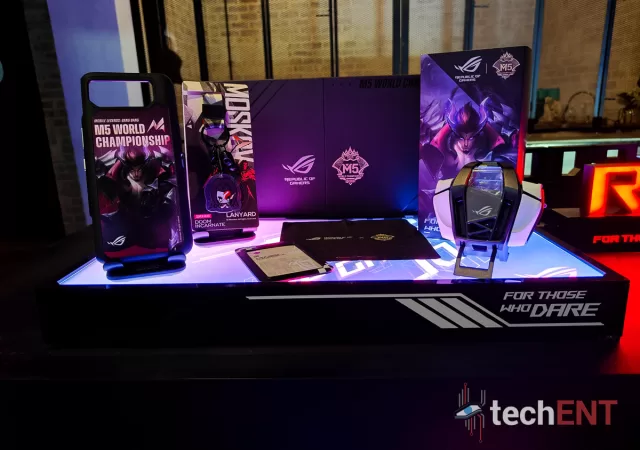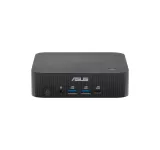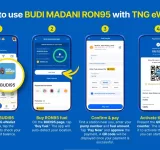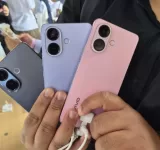The latest flagship series from Xiaomi — the Xiaomi 14 series with its Qualcomm Snapdragon 8 Gen 3, 6.7-inch LTPO AMOLED display, Dolby Vision & HDR10+, and Dolby Atmos!
Samsung Galaxy M14 5G Now Available with Pakej 5G Rahmah
Introducing the Samsung Galaxy M14 – an affordable 5G device ready for gaming & productivity. Get 6GB of RAM, 128G internal storage & Exynos 1330 processor with 4.7x performance.
OPPO Unveils the Entry Level OPPO A18
Discover the new OPPO A18 with a powerful MediaTek Helio G85 processor and a 5,000mAh battery. Featuring a 90Hz Sunlight Display and OPPO’s iconic design aesthetic, the OPPO A18 comes in two colours with a dual matte finish and glittery elegance.
Samsung Galaxy Tab A9 Series Goes Official Priced from MYR899
The new Galaxy Tab A9 series from Samsung boast 8.7 and 11-inch displays, quad speakers with Dolby Atmos sound, and 5G connectivity for incredible streaming capabilities.
OPPO Find N3 Flip First Look & Specs Rundown
The OPPO N3 Flip is here and it’s ready to redefine flip phones with its triple-sensor camera and sleek design. Available in cream gold, mist pink, and astral black.
The OPPO Pad 2 Goes Official with 7:5 Aspect Ratio Display
Introducing the OPPO Pad 2 – a paradigm shift in tablet displays, featuring an industry first 7:5 aspect ratio. Mirroring the proportions of everyday tools like PCs and A4 paper, discover the comfort and familiarity of the OPPO Pad 2.
OPPO Find N3 First Look & Specs Rundown
Credits: Video Edited by: Helena McAffer Video Shot by: Nur Jeevan Guna Segar Script by: Nur Jeevan Guna Segar Voice Over: Nur Jeevan Guna Segar Transcript: Productivity is the name of the game when it comes to OPPO’s New Find…
OPPO’s Find N3 Flip Makes International Debut
The OPPO Find N3 Flip just made its international debut. Choose between Sleek Black, Cream Gold, & Misty Pink – intricate details on the Cream Gold won’t let you down.
OPPO Unfolds a New Level of Productivity and Design with the Find N3
Discover a new multimedia experience with OPPO Find N3. Enjoy our 6.3-inch & 7.8-inch foldable displays, 120Hz refresh rate & 2,800 nits peak brightness, perfect for your photography and audio needs.
ASUS ROG Phone 6 MLBB M5 Special Edition Unleashed for MYR2,299
Make your esports gaming experience stand out with the special limited edition ROG Phone 6 MLBB M5! Featuring the Snapdragon 8+ Gen 1 processor, 12GB RAM & 256GB storage for a smooth gaming experience & tribute to Yu Zhong’s spirit & design.



